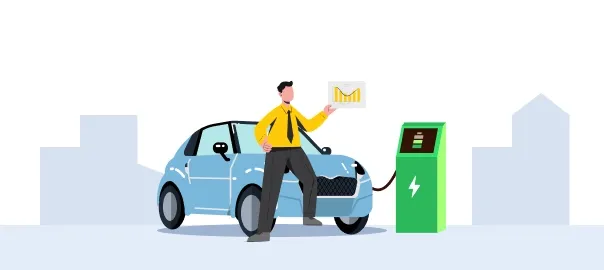India is accelerating towards a cleaner, greener future with the growing adoption of electric vehicles (EVs). From two-wheelers to cars and buses, EVs are transforming how we commute while reducing pollution and dependence on fossil fuels. Let’s explore the rise of EVs in India and their impact on the environment.
🌟 Why Are EVs Gaining Popularity?
✅ Environmental Benefits
EVs produce zero tailpipe emissions, helping improve air quality in crowded cities.
✅ Cost Savings
Lower running and maintenance costs compared to petrol or diesel vehicles.
✅ Government Incentives
Policies like FAME II provide subsidies and tax benefits to encourage EV adoption.
🚗 Types of Electric Vehicles in India
🌿 Electric Two-Wheelers – Affordable and ideal for city commutes.
🌿 Electric Cars – Increasingly available with longer ranges and more features.
🌿 Electric Buses – Used in public transport systems to reduce urban pollution.
⚠️ Challenges to EV Adoption
⚠️ Charging Infrastructure – Limited charging stations remain a hurdle.
⚠️ Battery Technology – Battery life and disposal need sustainable solutions.
⚠️ Higher Initial Costs – Though running costs are lower, upfront prices can be high.
🌍 Government and Industry Initiatives
✅ Faster Adoption and Manufacturing of (Hybrid &) Electric Vehicles (FAME) scheme supports EV ecosystem growth.
✅ Major companies like Tata Motors, Ola Electric, and Ather Energy are leading innovation.
✅ Efforts to expand charging networks across metro and rural areas.
🌟 What You Can Do to Support EV Growth
✅ Consider switching to an electric vehicle if feasible.
✅ Advocate for better charging infrastructure in your area.
✅ Stay informed about new EV models and government programs.
🌟 Final Thoughts
The rise of electric vehicles is a crucial step towards sustainable transportation in India. While challenges remain, the momentum is undeniable — cleaner air and a healthier planet are within reach.
💬 Are you planning to buy or already own an EV? Share your experiences and thoughts in the comments!































































